At long last, the philosophical debate about the definition for good versus evil is over. What a relief! We now have a definition that rises above this post’s sarcasm (ah, yes, another kind of evil). […]
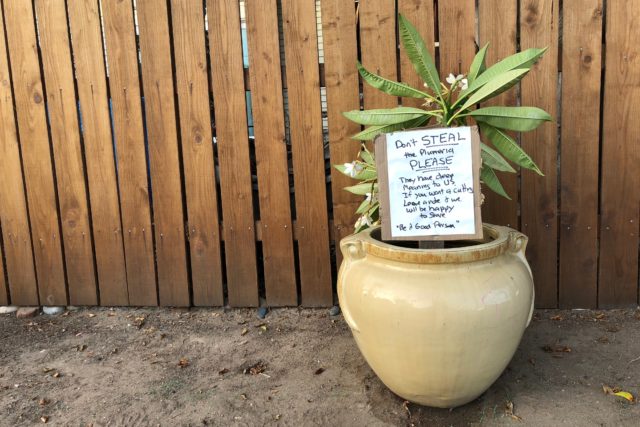

At long last, the philosophical debate about the definition for good versus evil is over. What a relief! We now have a definition that rises above this post’s sarcasm (ah, yes, another kind of evil). […]
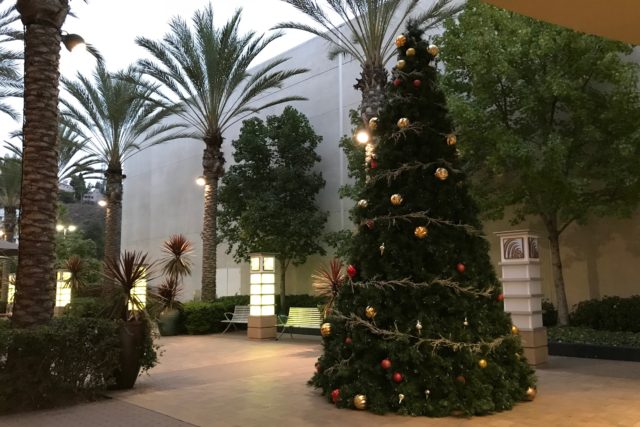
Oh, Please! It’s not even Halloween! Fashion Valley decks the mall with mounds of folly—fa, la, la, la, la, la, la, la, la! You won’t forget to spend your money—fa, la, la, la, la, la, […]

What a difference branding makes for sale-pricing. Before LaCroix became a posh, bubbly brand for environmentally-minded, organic-obsessed, uncompromising-to-spend-less Whole Foods sundry shoppers, my wife and I regularly purchased the seltzer. We preferred the no-flavor water for its effervescence and low-sodium content. I remember when, going back just five years, the local Ralph’s sold cases of 24 12-oz cans for $4.99 during summer months.
But now that LaCroix is the Apple of bubbly waters, those cans cost lots more. Today, in the same Ralph’s the exact quantity deeply discounted is twice as much—and that’s helluva savings when one case of eight typically sells for what I used to pay for 24.

Fruit trees are among the signature characteristics of San Diego’s University Heights neighborhood. You see them—particularly the citrus varieties—on the front lawns of many homes. Too often, ripening trees appear to be neglected, bearing plentiful, but rotting, delights. That said, some people gladly share, by setting out their bounty for the taking—like this line of lemons that I saw late yesterday afternoon along Maryland Ave.
Because I recklessly left Leica Q at home, the Featured Image and its companion were captured using iPhone 7 Plus. Vitals for the first: f/1.8, ISO 25, 1/60 sec, 3.99mm; 5:31 p.m. PDT. The other is same, except for 1/40 sec shutter speed and 5:32 p.m. timestamp.
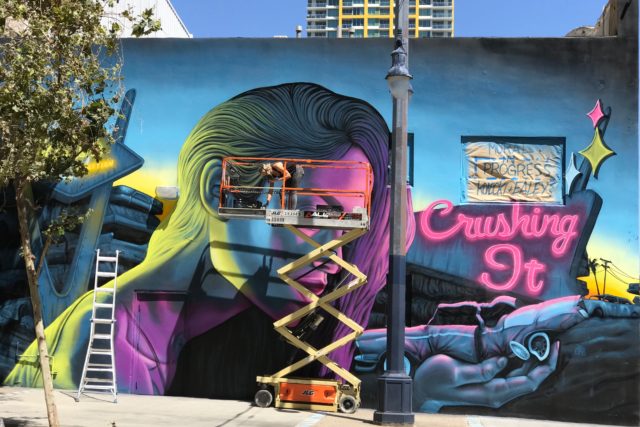
Yesterday afternoon, I walked 1.6 km (1 mile) from the Greyhound depot to the McDonald’s nearby San Diego High School, where my daughter graduated five years ago; my legs needed movement after being too long motionless during the three-hour ride from Long Beach. I had made an overnight-trip to see my niece Lynnae, who was on the West Coast for business.
Soon after the bus exited Interstate 5, I saw the extent of the city’s homeless crisis for the first time. Tents lined several blocks (at least) along what may have been National Avenue. According to the San Diego Regional Task Force on the Homeless, the number of homeless people living unsheltered has increased 41 percent since 2014. There are 937 (recorded) tents, up 58 percent year over year. Data is current as of July.

Some people so surprise me by their brash behavior. Yesterday, I walked over to Frock You!, looking for a vintage leather mini-backpack. My daughter asked for one as present celebrating her 23rd birthday next week. […]
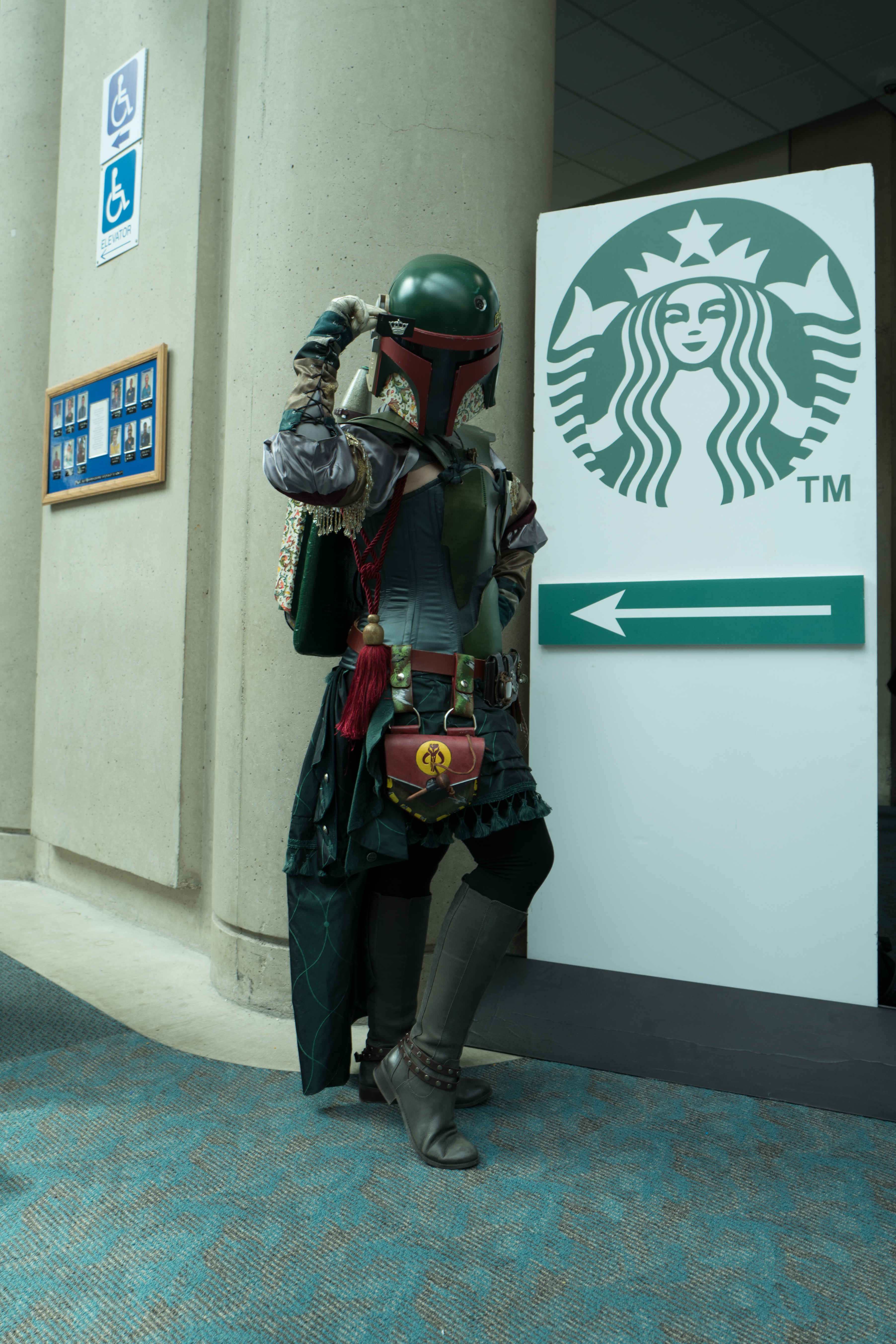
The greatest geekfest and pop-culture event on the planet wrapped up this afternoon in San Diego, as the original Comic-Con closed its doors on the Convention Center. Imitator shows are everywhere this Century, but none commands character and class like the original. The first, full, three-day event took place from Aug. 1-3, 1970, at the U.S. Grand Hotel, with about 300 attendees and sci-fi luminaries, including Ray Bradbury and A.E. van Vogt. This week, 140,000 people attended, but the number doesn’t include the tens of thousands descending on the Gaslamp Quarter and other areas of the city. SDCC is too big to be contained by the formality of a single glass-and-steel structure or the fire marshal’s mandates.
I had given up on participating until unexpected opportunity occurred yesterday morning to purchase a legitimate Day 4 badge with my name—not one assigned to someone else and sold for exorbitant price, despite firm policy against such scalping. I picked up the badge in the afternoon, spending several hours afterwards in the Quarter.
Like yesterday, I captured moments using Leica Q, but far fewer than my typical day. Those that follow aren’t all, or necessarily the best, but they tell a story about shooting them.
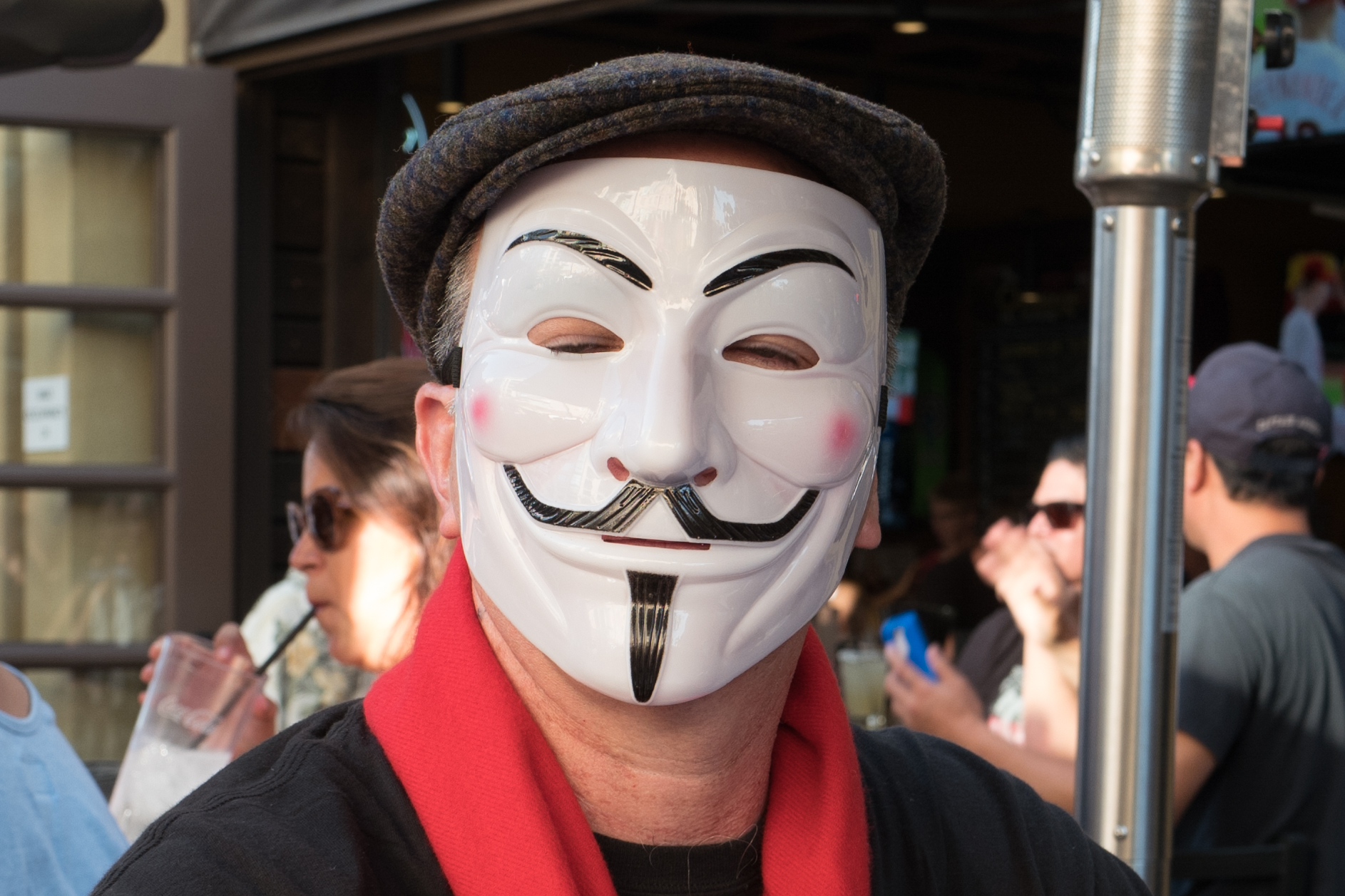
I won’t explain how, but today I snagged a legit San Diego Comic-Con 2017 badge for tomorrow. Better one than none. From 2009 through 2016, I had passes to attend all four days but failed to get in the buying queue during Early and Open registrations—in March and April, respectively—nor later get consideration as working journalist. I picked up my last-day badge at the Convention Center around 4:30 p.m. PDT, then moseyed around the Gaslamp Quarter, which is livelier with off-site activities and vendors than I recall from other years.

This afternoon, I’m walking down University Ave. in San Diego’s Hillcrest district, not far from Bank of America. Before me, a clearly homeless guy carries a white trash bag full of aluminum cans, which are […]

The alley behind our apartment building exits onto Monroe Ave., which across Maryland rims residences along a canyon. The street becomes Arch before circling back and changing to Meade. Near the turn is a lovely, […]
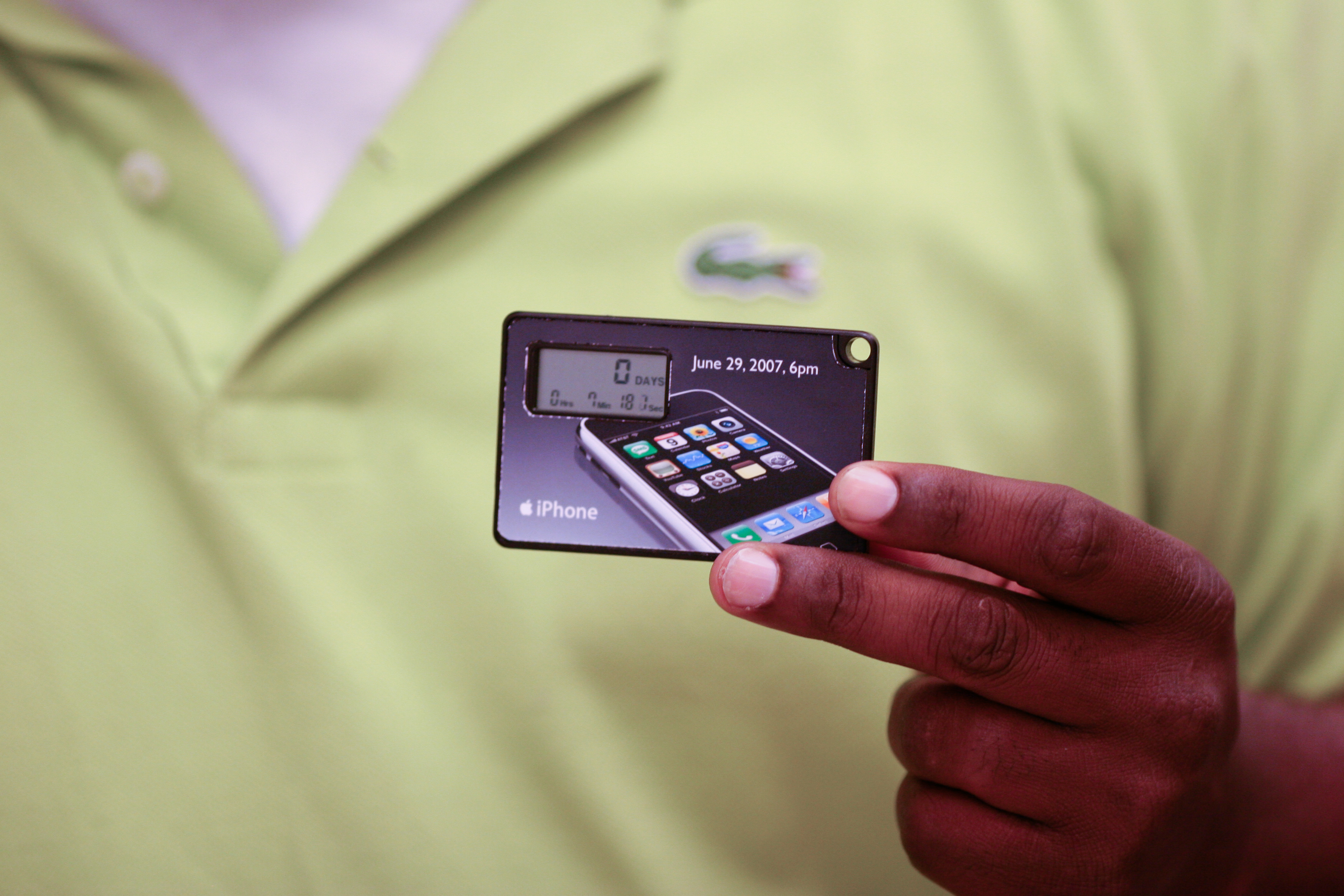
Steve was right, and I don’t refer to Apple cofounder Jobs, but to an iPhone buyer I met 10 years ago today. He was among the eclectic group of people waiting outside Apple Store Montgomery […]
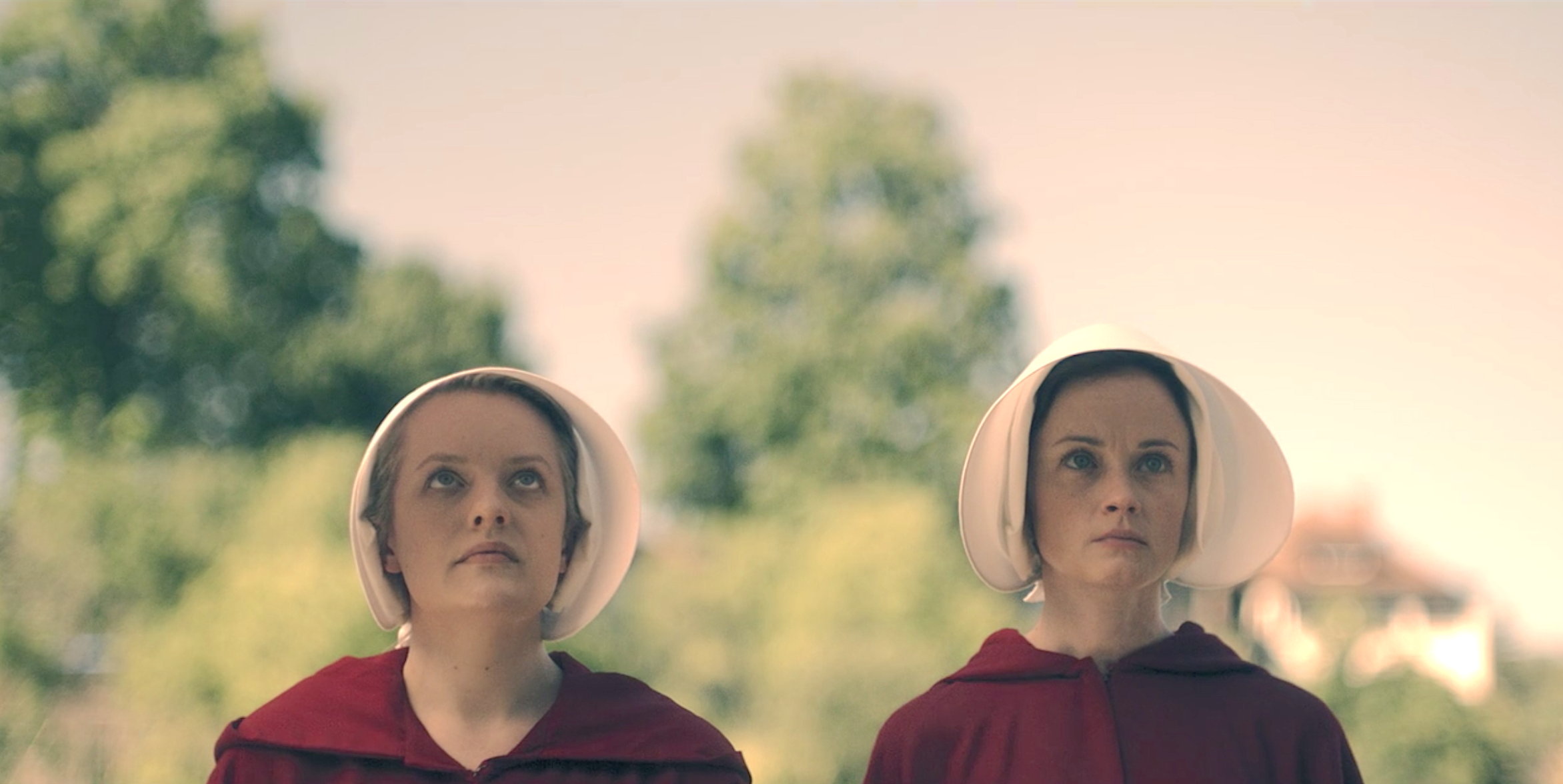
Before my wife started watching the new series streaming from Hulu, I warned her: “I can’t imagine how I would feel if a woman”. I had already finished first hour “Offred” from the production based on 1985 tome The Handmaid’s Tale by Margaret Atwood. Three episodes are online now—and their tone and timeliness are visceral and all too familiar, like was the Battlestar Galactica miniseries that followed the 9-11 terrorist attacks by two years. There is something that is too real, too possible—and, unlike the so-called Trump “Resistance”, I don’t refer to the current government in Washington, D.C. No imminent right-wing coup is on the horizon, as so many Liberals want to believe. That’s as fictional as The Handmaid’s Tale.
What’s disturbing is another kind of currency, which is largely lost in the torrent of “it could happen here” commentary: The plight of women portrayed in the series isn’t far removed from what many of them experience elsewhere in 2017. Not in some alternate-reality United States, but across swaths of Africa, Asia, and the Middle East—if not both American continents and Europe. Severity may vary by degrees, but where on this planet isn’t there, at the least, some vestige of the subservient, objectified woman? Liberals, who as a class supposedly champion for the human rights of all people, shouldn’t ignore what is while obsessing about what might be for fear it could happen to them.